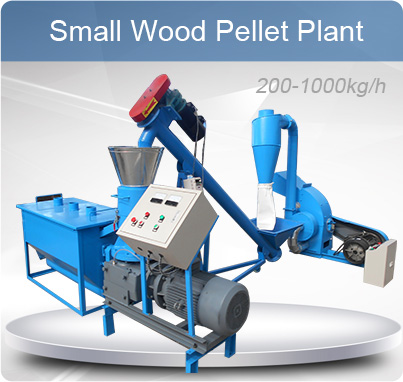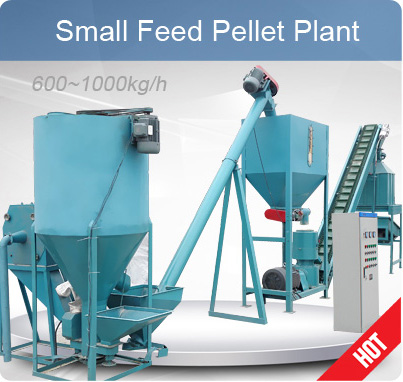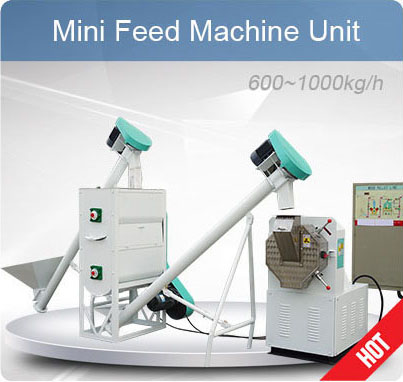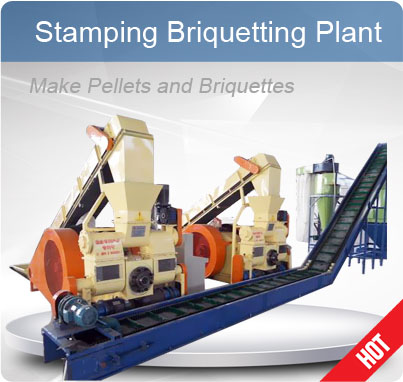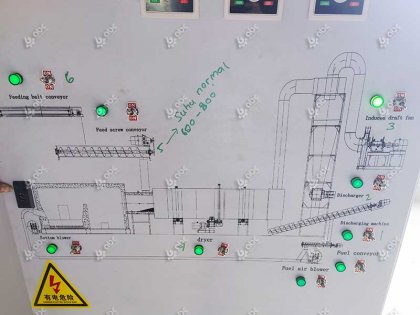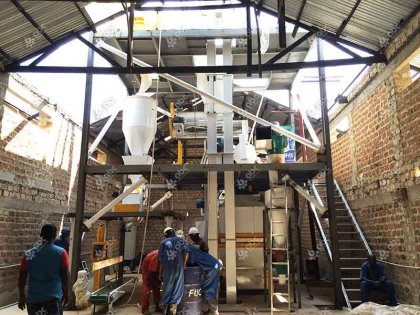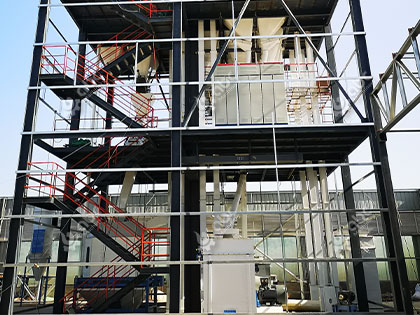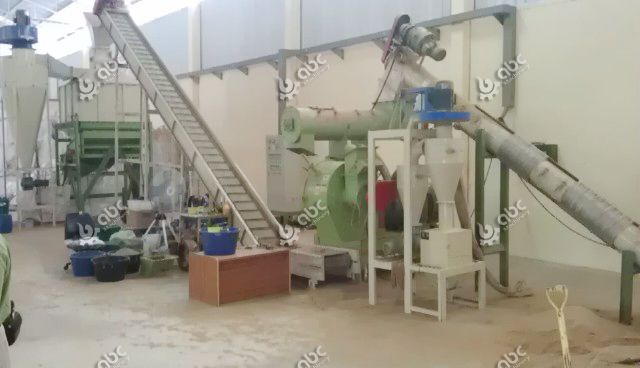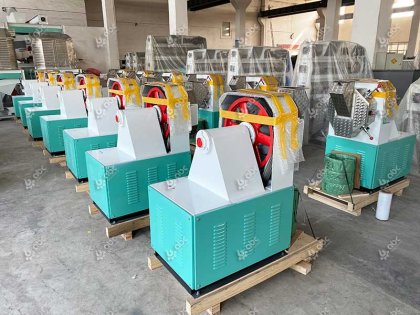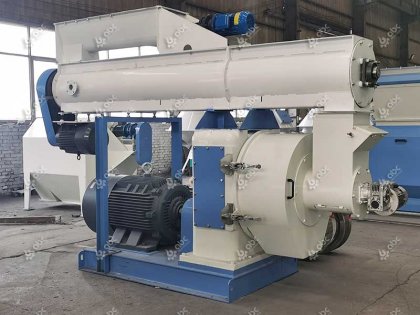RDF Processing Plant Feasibility
Before committing to the development of an RDF processing plant, a comprehensive feasibility study is essential to ensure the project is viable and cost-effective. This includes evaluating technical requirements, assessing environmental factors, and conducting a thorough financial analysis to determine the investment return.
The first step in the feasibility study involves analyzing market demand and regulatory requirements, ensuring the project aligns with current industry trends. The study must also consider plant location, energy availability, and waste management solutions. Factors such as local government incentives and land availability can significantly impact project feasibility.
A key aspect of feasibility is evaluating the potential return on investment (ROI). This is done through detailed cost-benefit analysis, which includes an in-depth evaluation of capital expenditure (CAPEX) and operational expenditure (OPEX). The goal is to assess whether the RDF processing plant can generate the desired financial returns over its operational lifespan.
To ensure comprehensive feasibility, technical requirements for RDF processing must be assessed. This includes evaluating equipment specifications, throughput capacities, and integration with existing waste management infrastructure.
- Market Demand: Understanding local and international RDF market demand.
- Energy Efficiency: Incorporating energy-saving systems to optimize plant performance.
- Regulatory Compliance: Ensuring the plant meets all environmental and safety standards.
In conclusion, a well-conducted feasibility study is critical to mitigate risks and ensure that RDF processing plant investments lead to long-term success.
Designing RDF Processing Plants
Designing an RDF processing plant requires careful consideration of key factors that will optimize plant efficiency and output. These include equipment selection, plant layout, and adopting design innovations that maximize space and minimize operational bottlenecks.
The first step in the design phase is selecting the right equipment. This includes choosing shredders, sorters, and dryers, each of which plays a critical role in the RDF production process. Equipment should be selected based on factors such as throughput capacity, energy consumption, and maintenance needs.
Additionally, plant layout plays a crucial role in optimizing workflow and minimizing waste. Efficient layout designs ensure a smooth flow of materials from input to processing to output, reducing delays and potential safety hazards. For example, the integration of automated sorting systems can enhance throughput by reducing manual labor and increasing sorting accuracy.
An important consideration during the design process is incorporating environmental sustainability. This includes designing systems that reduce emissions and ensure waste byproducts are efficiently handled or recycled. The adoption of advanced technologies like real-time monitoring and automation can also improve operational efficiency and reduce human error.
- Efficient Plant Layout: Reducing bottlenecks and optimizing material flow.
- Equipment Selection: Choosing equipment based on capacity, energy use, and efficiency.
- Sustainability Integration: Designing systems for reduced environmental impact.
For a successful RDF plant design, it’s critical to collaborate with experienced engineers to ensure all design aspects align with operational goals and environmental regulations.
Executing an RDF Plant Project
Once the RDF plant has been designed, the next step is to focus on the successful execution of the project. This involves managing project timelines, ensuring proper installation of equipment, and coordinating with suppliers to guarantee on-time delivery.
The first stage of execution is project planning, which includes setting clear milestones and timelines for the installation of equipment. Effective project management ensures that all aspects of the project, from construction to equipment installation, proceed without delays.
Commissioning the plant involves testing each piece of equipment to ensure proper functionality. During this phase, engineers should verify that all systems operate as designed, conducting necessary adjustments to ensure maximum efficiency.
Finally, ongoing support and training for plant personnel are essential to ensure smooth operations. A well-trained workforce can identify potential issues early and implement solutions that maintain operational performance.
Ensure your RDF plant project is completed on schedule and within budget by partnering with our expert engineering team for seamless execution.




